Sustaining the Writing Spirit
Holistic Tools for School and Home
2nd edition
Susan A. Schiller
Rowman & Littlefield Education
A division of
Rowman & Littlefield
Lanham Boulder New York Toronto Plymouth, UK
Published by Rowman & Littlefield Education
A division of Rowman & Littlefield
4501 Forbes Boulevard, Suite 200, Lanham, Maryland 20706
www.rowman.com
10 Thornbury Road, Plymouth PL6 7PP, United Kingdom
Copyright 2014 by Susan A. Schiller
All rights reserved. No part of this book may be reproduced in any form or by any electronic or mechanical means, including information storage and retrieval systems, without written permission from the publisher, except by a reviewer who may quote passages in a review.
British Library Cataloguing in Publication Information Available
Library of Congress Cataloging-in-Publication Data
Schiller, Susan A.
Sustaining the Writing Spirit : Holistic tools for school and home / Susan A. Schiller. Second edition.
p. cm.
Includes bibliographical references and index.
ISBN 978-1-61048-956-0 (cloth : alk. paper) ISBN 978-1-61048-957-7 (pbk. : alk. paper) ISBN 978-1-61048-958-4 (electronic : alk. paper) 1. English languageComposition and exercisesStudy and teaching. 2. Creative thinkingStudy and teaching. 3. SpiritualityStudy and teaching. 4. Holistic education. 5. EducationPhilosophy. I. Title.
LB1576.S32535 2014
372.62'3dc23
2013042435
 The paper used in this publication meets the minimum requirements of American National Standard for Information SciencesPermanence of Paper for Printed Library Materials, ANSI/NISO Z39.48-1992.
The paper used in this publication meets the minimum requirements of American National Standard for Information SciencesPermanence of Paper for Printed Library Materials, ANSI/NISO Z39.48-1992.
Printed in the United States of America
This book is dedicated to special teachers who taught me to love learning.
Mrs. Fuller, first grade,
Gregory Elementary School
Mrs. Streets, third grade,
Stockbridge Elementary School
Mr. Koljonen, twelfth-grade German teacher,
Thurston High School
Sr. Barbara Johns, Dr. Lynn Schaeffer, Dr. Maureen DesRoches, and Dr. Frank Rashid,
Marygrove College
Dr. John Brereton, Dr. Barbara Couture, and Dr. Ruth Ray,
Wayne State University

Contents

Foreword
In the day of No Child Left Behind, literacy has become a priority in education. Unfortunately, with an emphasis on standardized testing, many approaches to reading and writing are often mechanical as teachers teach to the test. These approaches may in fact boost test scores in the short term, but we might ask, what do they lead to in the long term? Do current approaches really encourage a love of reading and writing in our students? As Susan Schiller suggests at the beginning of her book, students are often given writing assignments disconnected from their lives, and as a result, there is little engagement in the writing process.
Schiller has developed an approach to writing that engages students holistically as she believes that students should have the opportunity to use their intellect, their emotion, their spiritual side, their social abilities, and their physical skills; and they should have the opportunity to stretch their awareness of self, of community, and of the world (preface). For Schiller, writing should be connected to the students personal talents and interests.
Schiller grounds her work within a holistic perspective that is outlined at the beginning of the book and thus develops a framework for the writing exercises that comprise most of the text. These exercises are designed for the students with whom Schiller works at the postsecondary level, but I believe they could also be adapted to secondary school classrooms. The exercises are teacher friendly as step-by-step guidelines are presented. They also include a variety of techniques such as visualization to stimulate the students imagination. A number of topics are covered in these chapters and include nature, identity, music and dance, screenplay writing, sustainability, and community.
This book is clearly grounded in Susan Schillers years of working with these exercises, and teachers using this book can thus feel confident about using them in their own classrooms. Schiller has shown us a way that we can truly engage students in the writing process and also assist their self-awareness and growth as people.
John P. Miller

Preface
Holistic education addresses the whole person within a social and environmental context and perceives all elements of a personintellectual, physical, emotional, social, and spiritualas avenues for growth and learning. Holism also moves beyond mainstream conventional approaches that primarily value and rely on logical ways of knowing, ways that condition people to become competitors and consumers. Within educational settings, writing is a natural site for holism because writing is a way of knowing that connects and draws from our inner and outer worlds.
While the purpose of this book is to introduce ideas and activities that encourage holistic education, it also features writing as a way of knowing and as a vehicle by which students may develop relationships between linear and nonlinear ways of seeing the world. This goal has led to an interdisciplinary quality that is invited to arise out of activities contained throughout the book. It has also encouraged spiritual learning that transforms learners when they experience transcendence and awe through creative manifestations.
It is time for writing instructors to bring joy back into the activity and for students to unlearn negative attitudes they might have developed due to conventional approaches. When people write, they should have the opportunity to use their intellect, their emotion, their spiritual side, their social abilities, and their physical skills; and they should have the opportunity to stretch their awareness of self, of community, and of the world. Interconnections should arise naturally. Writers should make choices based on their personal preferences, talents, and interests. Self-satisfaction and effectiveness of the written document should lead any evaluation measures, if they are needed. Grades, or in other words, a reliance on comparisons and competition with others, should be avoided whenever possible.
Exigence and creativity should guide all the rhetorical choices from word choice to voice, goal, and final version. Intuition and emotions should inform the writer and be considered respectful avenues of discovery. The intellect should be blended with emotions and physical ways of finding language. The writer should share with other people and seek social solutions to blocks that might arise along the writing path. Writing needs to be reconceptualized so that it may always be seen as an activity of positive and creative energy. It needs to be activity based and connected to something in the writers world that allows the writing to be both desirable and worthwhile to that person.
Within most conventional schools and colleges, there is some pressure on teachers to promote what is commonly referred to as academic writing or academic discourse. This usually means a researched topic, a persuasive aim, a formal voice, and a high degree of critical thinking. Yet, without equal attention given to multiple ways of knowing, including spiritual and emotional intelligence, an imbalance occurs and holistic learning does not emerge.
Next page
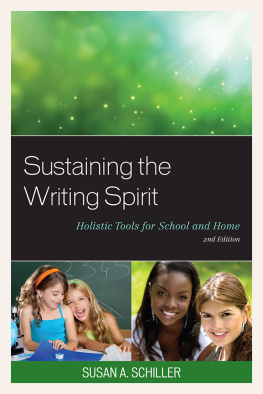

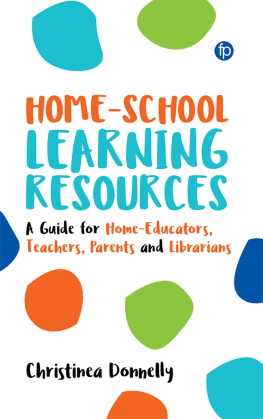



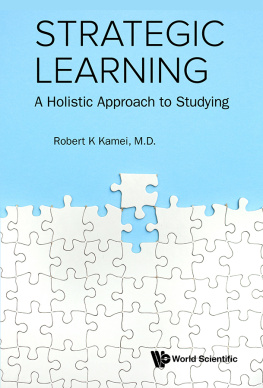


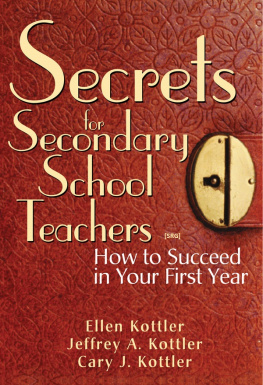
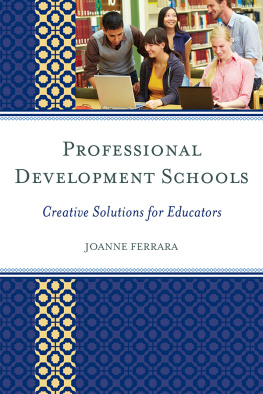
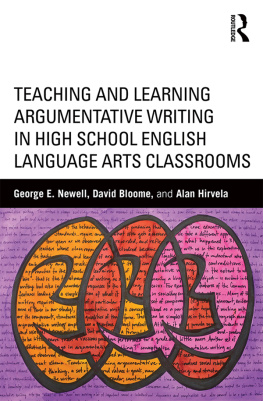

 The paper used in this publication meets the minimum requirements of American National Standard for Information SciencesPermanence of Paper for Printed Library Materials, ANSI/NISO Z39.48-1992.
The paper used in this publication meets the minimum requirements of American National Standard for Information SciencesPermanence of Paper for Printed Library Materials, ANSI/NISO Z39.48-1992.